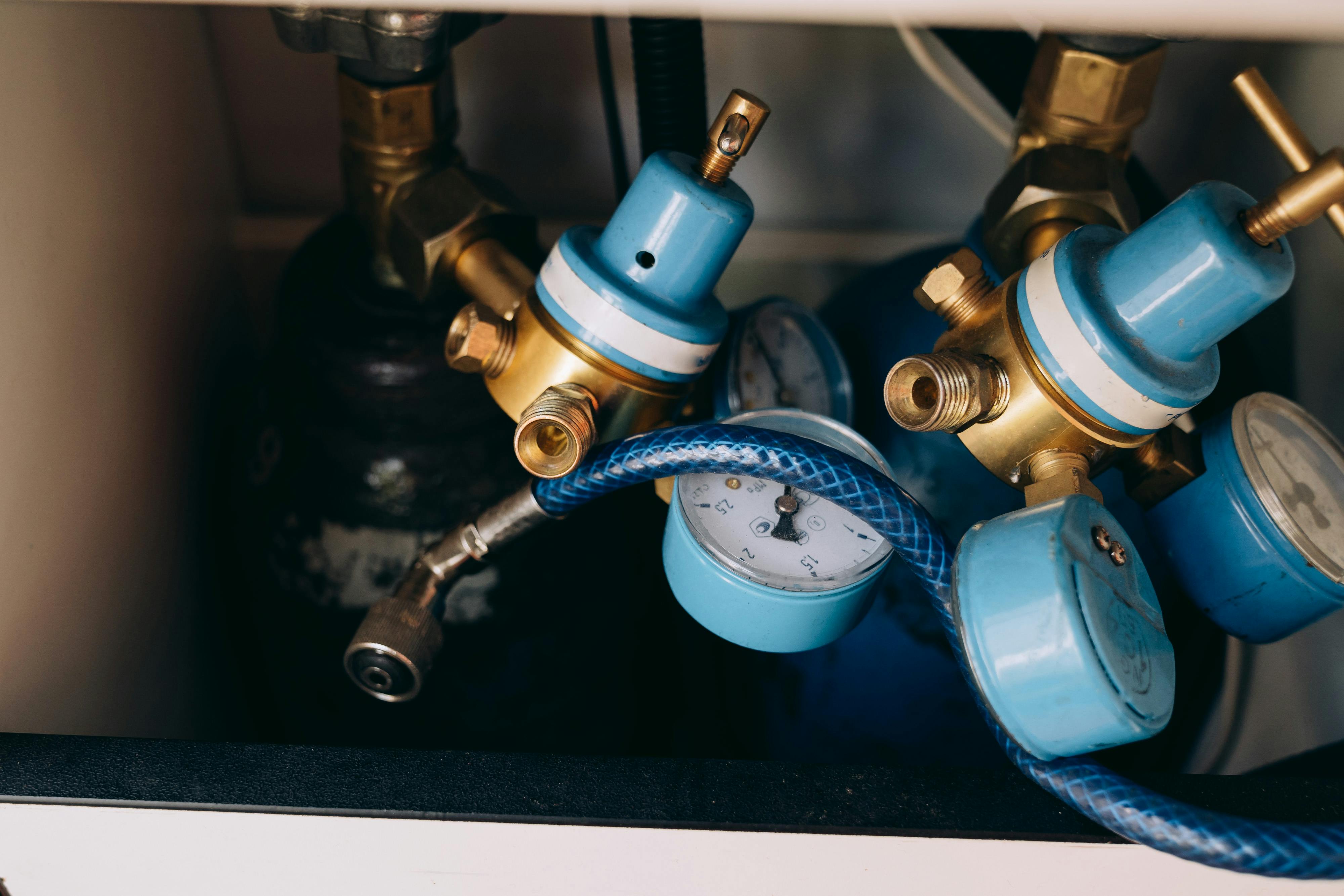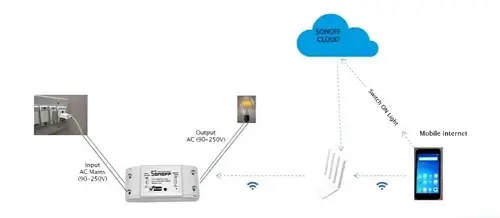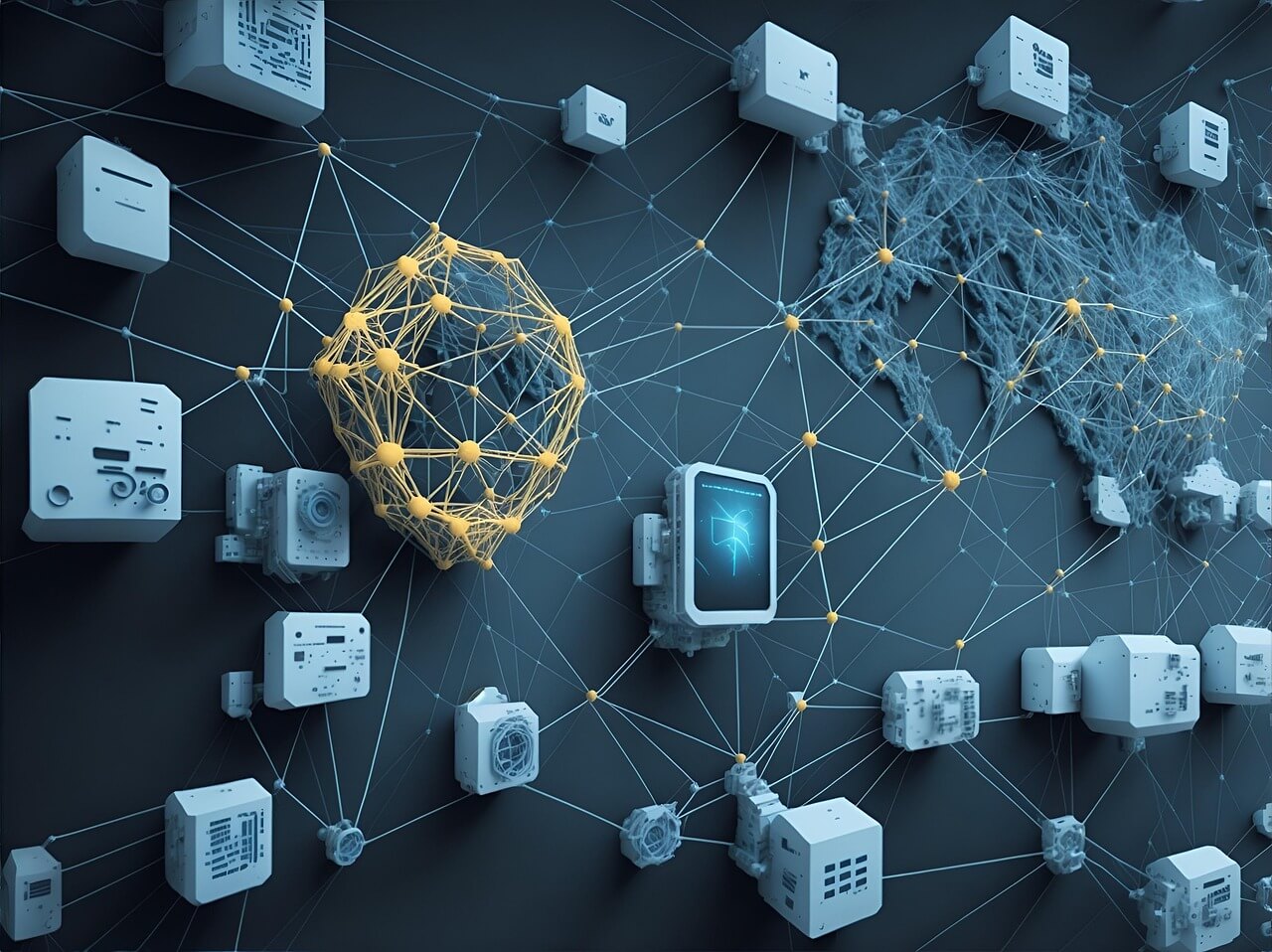Liquid Expansion & Vapour Pressure Sensors in IoT
When most people think about IoT, they picture sleek digital sensors, cloud dashboards, and connected devices. But not all innovations in IoT come from brand-new technologies. Sometimes, the simplest and oldest methods are reimagined for modern use. Two such examples are liquid expansion sensors and vapour pressure sensors for temperature measurement.
These sensors rely on age-old physical principles yet play an important role in certain IoT systems today. Let’s take a closer look.
How Liquid Expansion Sensors Work
Liquid expansion sensors are built on a straightforward idea: liquids expand when heated and contract when cooled. You’ve probably seen this principle at play in old-school thermometers filled with mercury or colored alcohol.
In industrial settings, these sensors often involve a sealed liquid-filled bulb connected to a capillary tube. As the liquid expands with temperature, it pushes against a diaphragm or pointer, which translates into a readable temperature.
IoT Integration Example
Imagine a large food storage warehouse. Liquid expansion sensors can monitor refrigeration units where extreme precision may not be necessary but durability and reliability matter. By connecting these sensors to IoT gateways, facility managers can receive live updates, alerts for abnormal temperature changes, and long-term trend reports for maintenance planning.
Vapour Pressure Sensors Explained
Vapour pressure sensors are based on another natural process: when a liquid is sealed in a bulb, it evaporates and creates vapor pressure inside the container. This pressure changes depending on the temperature. By measuring that pressure, the sensor can determine temperature.
They are particularly useful in environments where ruggedness is needed, since they can withstand harsh conditions better than delicate electronic parts.
IoT Integration Example
A classic use case is HVAC systems. Vapour pressure sensors can be connected to IoT platforms to track building climate conditions in real time. Facility managers can remotely check performance, optimize energy use, and detect early signs of system failures.
Why These Sensors Still Matter in IoT
You might wonder why anyone would use these older sensor types when we have advanced digital options like thermocouples or RTDs. The answer lies in their strengths:
- Reliability: they work without complex electronics, reducing failure modes in harsh environments.
- Cost-effectiveness: simpler designs often mean lower costs at scale.
- Durability: able to survive conditions where electronic sensors may fail.
Real-World Demonstrations
- Cold Storage Chains: liquid expansion sensors linked with IoT modules to monitor freezer trucks.
- Industrial Boilers: vapour pressure sensors tracking steam temperatures with dashboard alerts.
- Greenhouses: robust sensors combined with IoT nodes to maintain crop climates in humid conditions.
Integration Steps
Typical steps to digitize these sensors include:
- Signal conversion (mechanical/pressure → electrical).
- Adding wireless modules (Wi-Fi, Zigbee, LoRaWAN) for transmission.
- Cloud integration for dashboards, alerts, and analytics.
- Automation triggers (cooling, alarms, maintenance workflows).
Final Takeaway
Liquid expansion and vapour pressure sensors may sound old-fashioned, but when paired with modern IoT connectivity they provide reliable, affordable, and scalable solutions. Sometimes the best way forward is to give trusted tools a digital voice.




